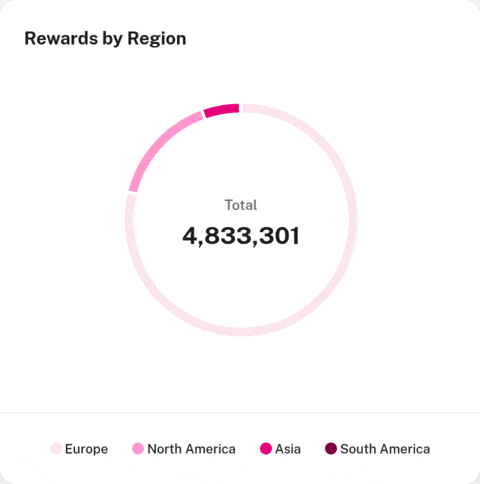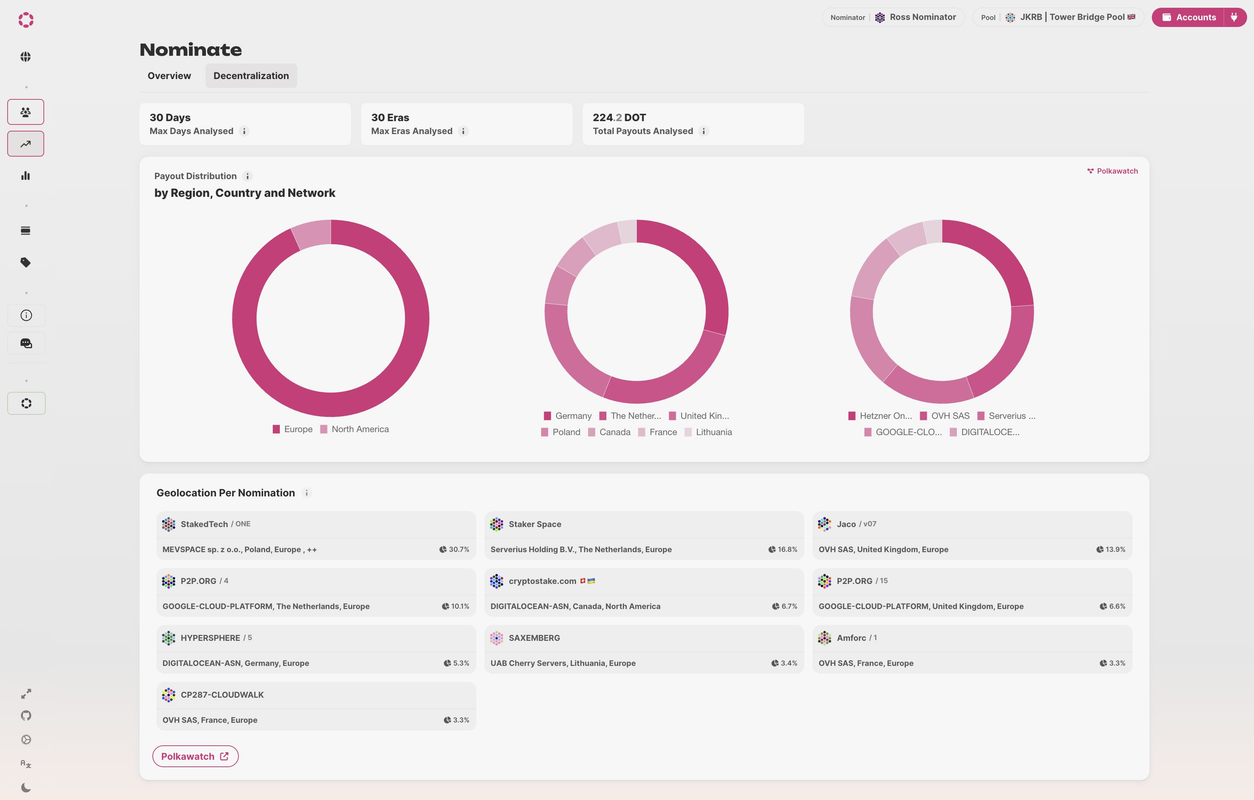Polkawatch, 3 years on...

As Polkawatch turns 3, seems like a good time to look back and check progress made.
Why measuring decentralization in the first place? Many data analysts, when asked the question, will reply that you can only improve what you measure.
Since the Polkadot community has been measuring decentralization for 3 years now, it is fair to ask the question: Have decentralization improved?
A quick look at now and back then charts leaves no shade of doubt:

Back when we started, a handful of operators dominated most of the validation process. Fast forward 3 years and the situation has improved significantly, while there are still different sizes of operators, including some leaders, taking control of half of the network would imply taking control of more than 2 dozens of node operators.
And what about data-centers and IP networks used during the validation process?

Significant progress can also be appreciated on the IP Networking front, with significant more players controlling half of the validation process by stake.
With regards to regional decentralization:

Significant progress was made, with big increase of Asian and South American validation. However, we continue to validate too much from Europe.
When replying the question above, its fair to say that Yes! The Polkadot community is continuously improving the decentralization of its network.
A Community Effort
Unlike first generation blockchains, that use POW (proof of work) to make it difficult for opponents to attack the Network, Polkadot uses NPOS (nominated proof of stake) instead. Nominators elect validators with their stake, and the aggregated backing is used during the validation process to "vote" for validity of each network block.
So, nominators collectively decentralize the network by adjusting their nominations, using their stake to "vote" where validation will take place.
Polkawatch allows nominators to visualize the decentralization of the network, and the decentralization of their own nominations, allowing them to take the staking decisions that benefit the network the most.
With the Polkawatch API, community projects can embed decentralization analytics in their DAPPs, allowing our nominators to visualize the Decentralization Analytics right where staking decisions are made. A great example is Polkadot Staking Dashboard:

Other community initiatives are geared towards decentralization, a good example is Web3 Foundations decentralized nodes initiative, "A Delegation Program that Supports Validators in the Polkadot Ecosystem" ensuring that nodes "Are sufficiently decentralized in all aspects".
So it is fair to say that de progress made in decentralization is a community effort from Nominators to DApps, to the Web3 Foundation.
JAM and the Future of decentralization
We are used to general purpose computers that can do lots of different stuff, it took decades before general purpose computers, both personal computers and servers were introduced. Purpose specific computers were the norm for decades.
Pioneering blockchains such as Bitcoin, Ethereum or Polkadot, can in fact be thought of as purpose specific decentralized computers. A decentralized computer resource, builds on top of "nodes" which are built on top of independent general purpose servers.
The Polkadot ecosystem introduction of JAM will provide the first general purpose decentralized computing resource. A resource on which a "service" can be deployed, but this time the service could be similar to Ethereum or Bitcoin. The capability to host Polkadot blockchains on JAM is under development, while the community is looking for more examples of decentralized services that could be run on JAM, with an open mind.
As for decentralization of the novel computing resource, JAM must inherit the capability that Polkadot has to continuously improve its own decentralization.
Furthermore, there are more dimensions to decentralize than just Network Validation, in fact JAM starts by funding several teams to develop independent implementations of the protocol, a good start.
About Polkawatch
Polkawatch is an analytic tool designed to measure effective decentralization of Polkadot’s Validation process.
Polkawatch is a project originally supported by the Web3 Foundation grants program and currently supported by the Polkadot treasury.
